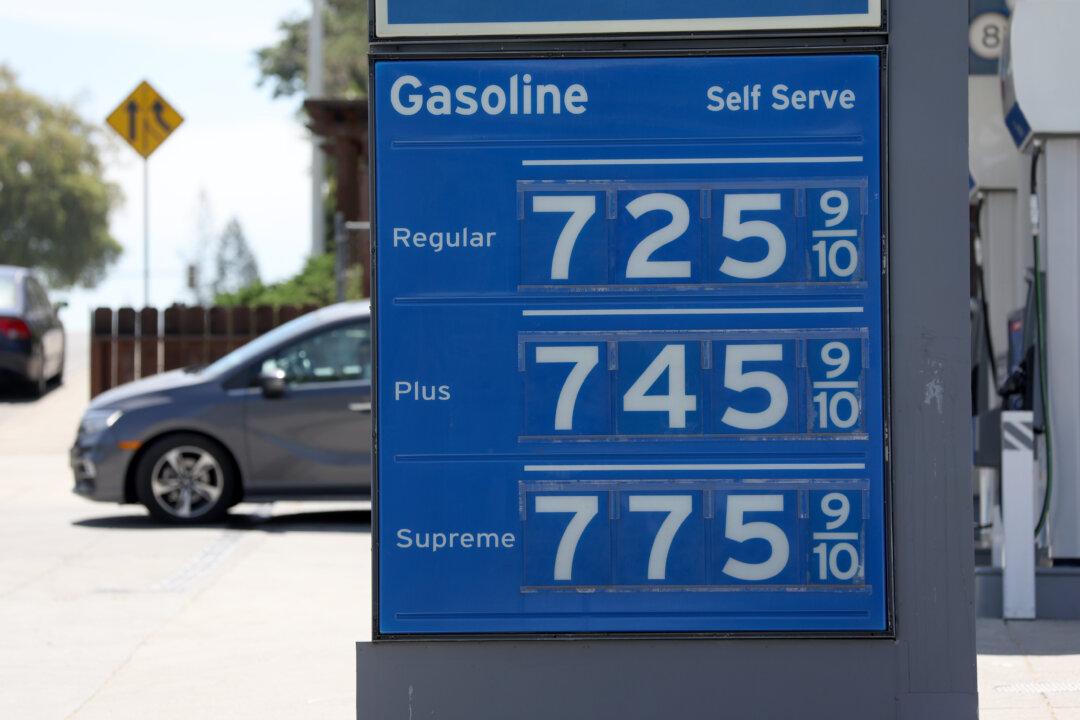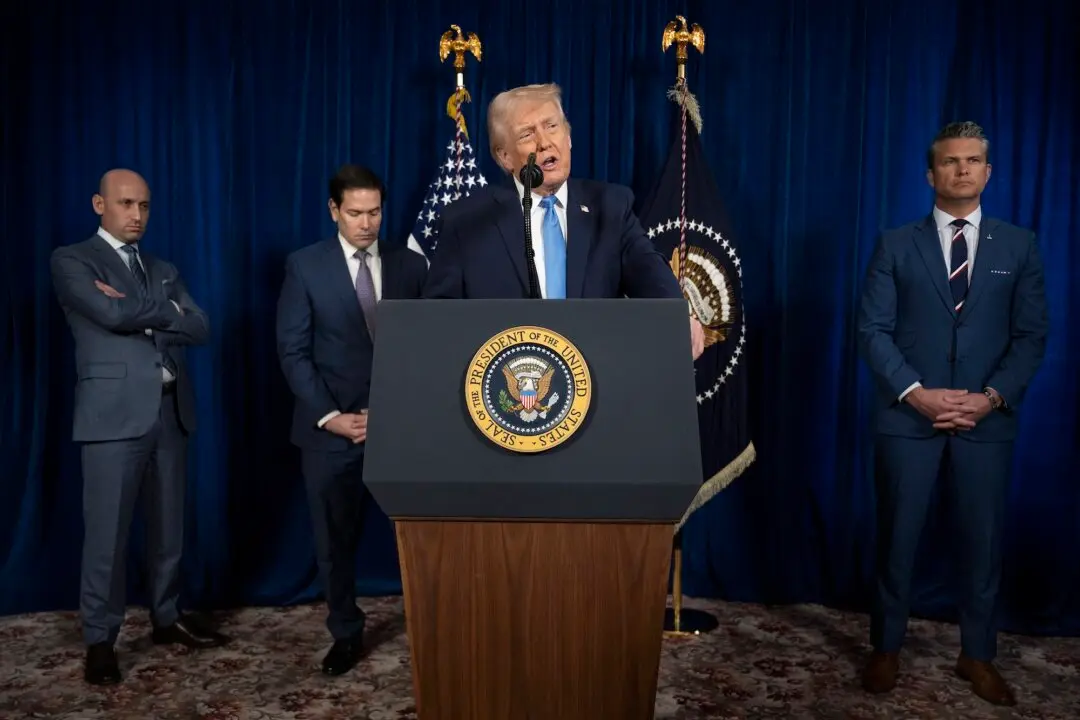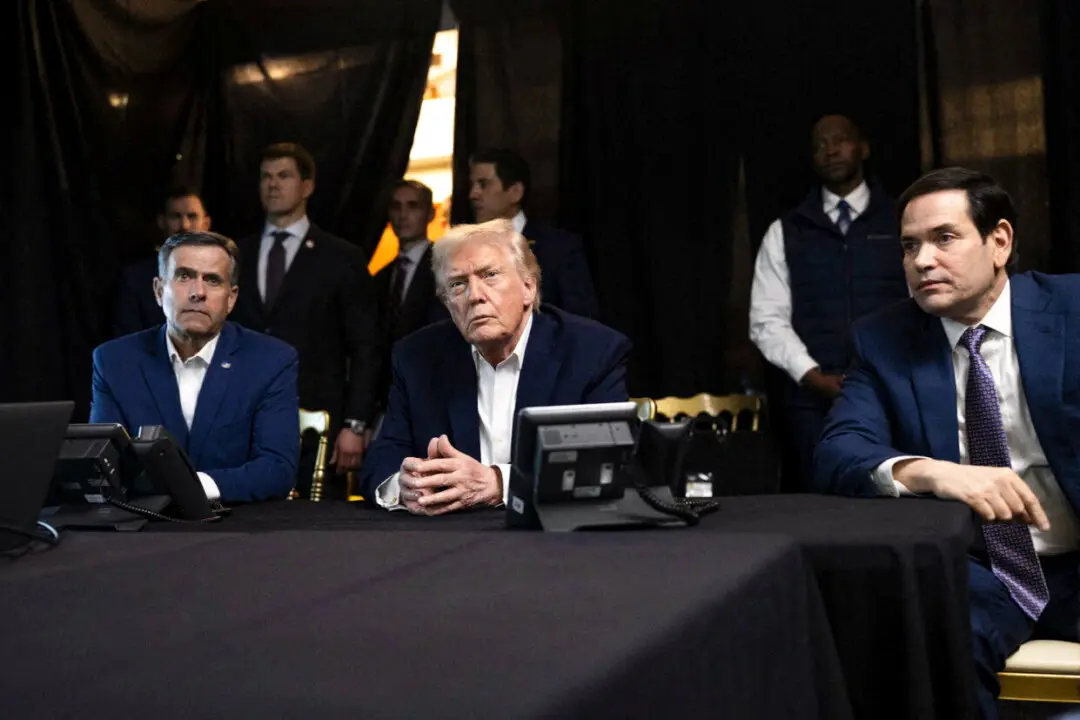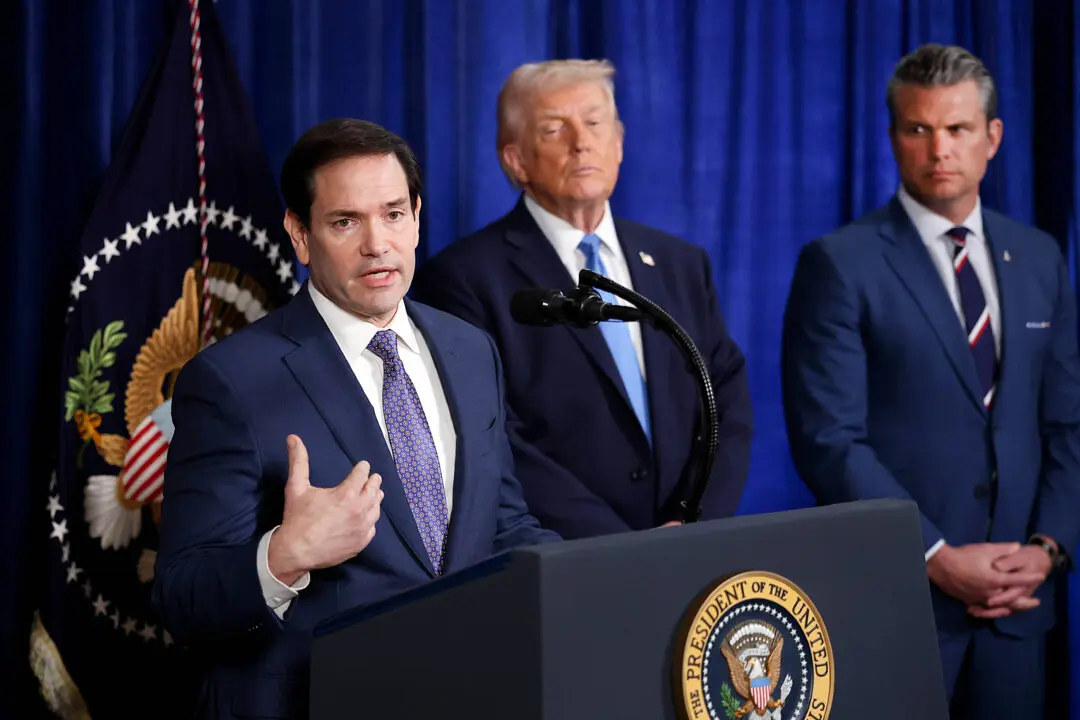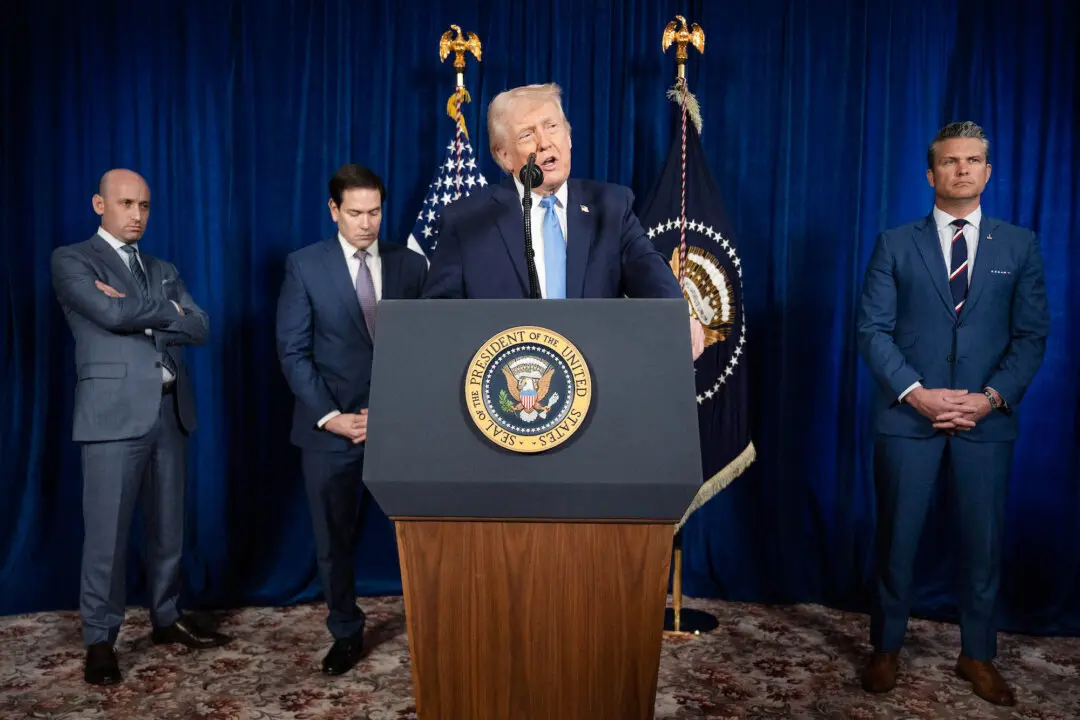Gas prices continue to rise, topping historic highs and there’s no imminent hope of relief in sight, according to sector analysts. The average price for a gallon of regular gasoline in the United States has now more than doubled since President Joe Biden took office.
Congressional Democrats and the Biden administration assert that a solution may be found by cracking down on Big Oil’s “excessive or exploitative” price increases at the pump.
